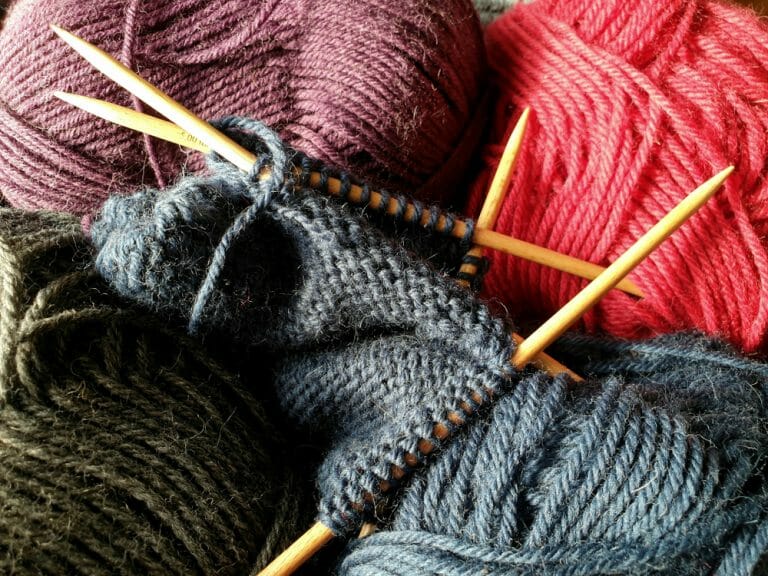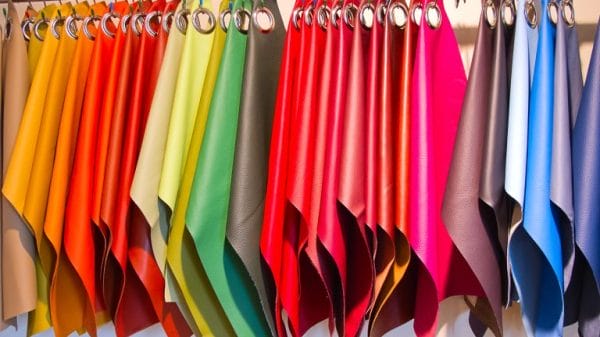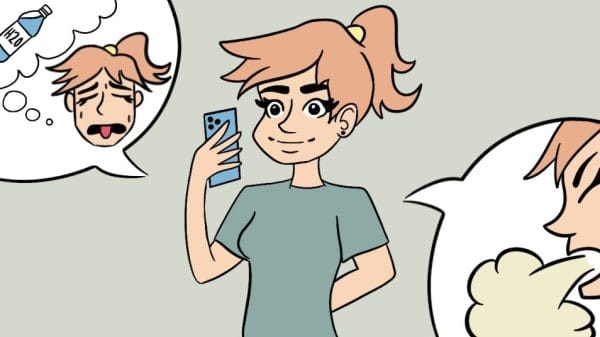When you think of knitting, who do you think of? A sweet little old lady knitting an ugly, scratchy sweater for her grandchildren? Forms of needlework and weaving seem the most riddled with stereotypes of the domestic and are therefore dismissed as old-fashioned, but a recent revival is starting to change the fashion world’s perception.
The History of Knitting and Crochet
The oldest known knitted item is a pair of socks from Egypt, dated around 200-400 AD. The distinction between knitting and crochet emerged in the Netherlands in the 19th century, involving one needle instead of two. Both possibly originated in the Middle East and then spread through trade routes.
Men and women both knitted in professional settings. It was only in the mid-19th century that it took on a domestic and feminine association when it became popular as a parlor hobby for upper-middle-class women, and gained an association with idleness.
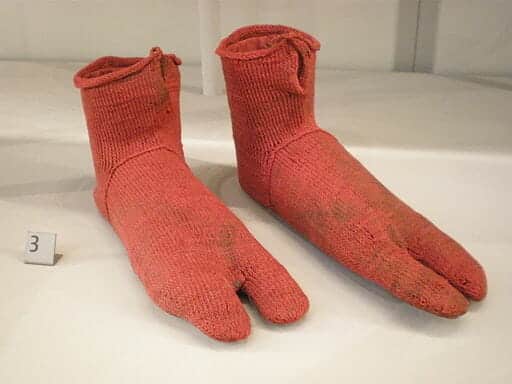
However, knitting was vital during the world wars, becoming a way for women to contribute to the war effort. Knitted scarves and socks protected soldiers from harsh weather conditions. During wool shortages, women were encouraged to unpick old clothes and reuse the wool for new items of clothing.
Post WWII, knitting became industrialized. After a boom in popularity during the 60s, it declined in prominence. The low cost of machine-knitted clothing meant that knowing how to knit was no longer necessary, and it was arguably during this time frame that its common associations arose.
The Fashion World
During the 1920s, Coco Chanel herself was fond of knitwear, positioning it as firmly in vogue. Her signature outfits and suits incorporated it heavily, and Vivienne Westwood took an edgier approach. Currently, Yr Johannsdottir, inspired by Cubism, takes a modern approach to knitting. Her designs are incredibly cool, featuring eyeballs and stuck-out tongues.
But knitting and crochet are also accessible to those without the budget for high fashion. Chelsea Lea Emms (@chelsea_sew_crafts on Instagram) is a small business owner making cool crochet scarf/balaclava hybrids in bold colors. Regarding her interest in the craft, she said:
“My nanna taught me to sew and cross-stitch when I was 7. I then kept picking up different skills from there. In lockdown, my crochet bloomed and I’ve kept going with it.”
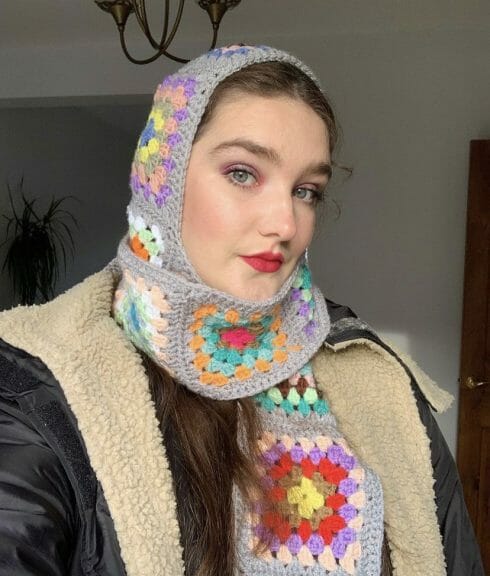
Popularity with Young People
During lockdown, crafts became popular, with young people taking up needlework as a hobby more frequently. With more time to kill, learning how to knit and crochet was no longer redundant. Purchasing a basic kit and watching tutorials online mean you are essentially set on your crochet adventure, free to chain-stitch to your heart’s content. This accessibility meant that this “grandma” craft found popularity amongst younger people, who put their own unique flair into it. The homemade knitwear of today features bright colors and eclectic patterns, a far cry from the unsightly and frumpy sweaters of the popular imagination.
Possible mental health benefits are also part of the reason for the knitting renaissance. Crafts like knitting help improve brain function due to its repetitive actions and can even prevent memory loss later in life. Improving dexterity also helps retain motor function in old age and can provide a satisfying past-time for those in a mental slump.
There’s a renewed interest in sustainable fashion, and crochet in particular contributes to this. Since the movements required to crochet are too specific for a machine to carry out, crocheting has avoided industrialization and commercialization, unlike knitting. Human-made crochet is therefore less profitable for fast-fashion companies, so many crocheted goods are sold by smaller businesses with more ethical business practices. The decreased reliance on fast fashion and the comeback of DIY crafts signifies a positive step towards sustainability and reducing consumption.
So, will knitting and crochet retain their popularity? The signs point to the affirmative. Getting into it can result in a life-long hobby with more benefits than just cute clothes, so why not give it a try?


